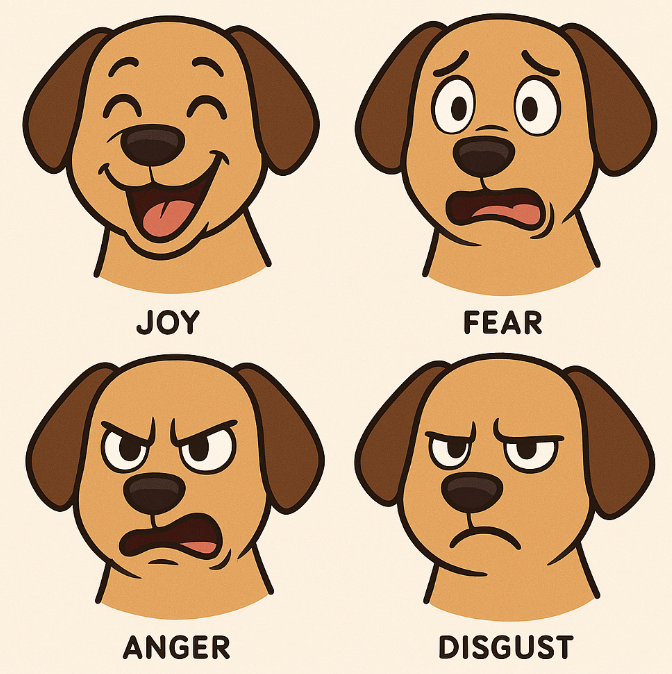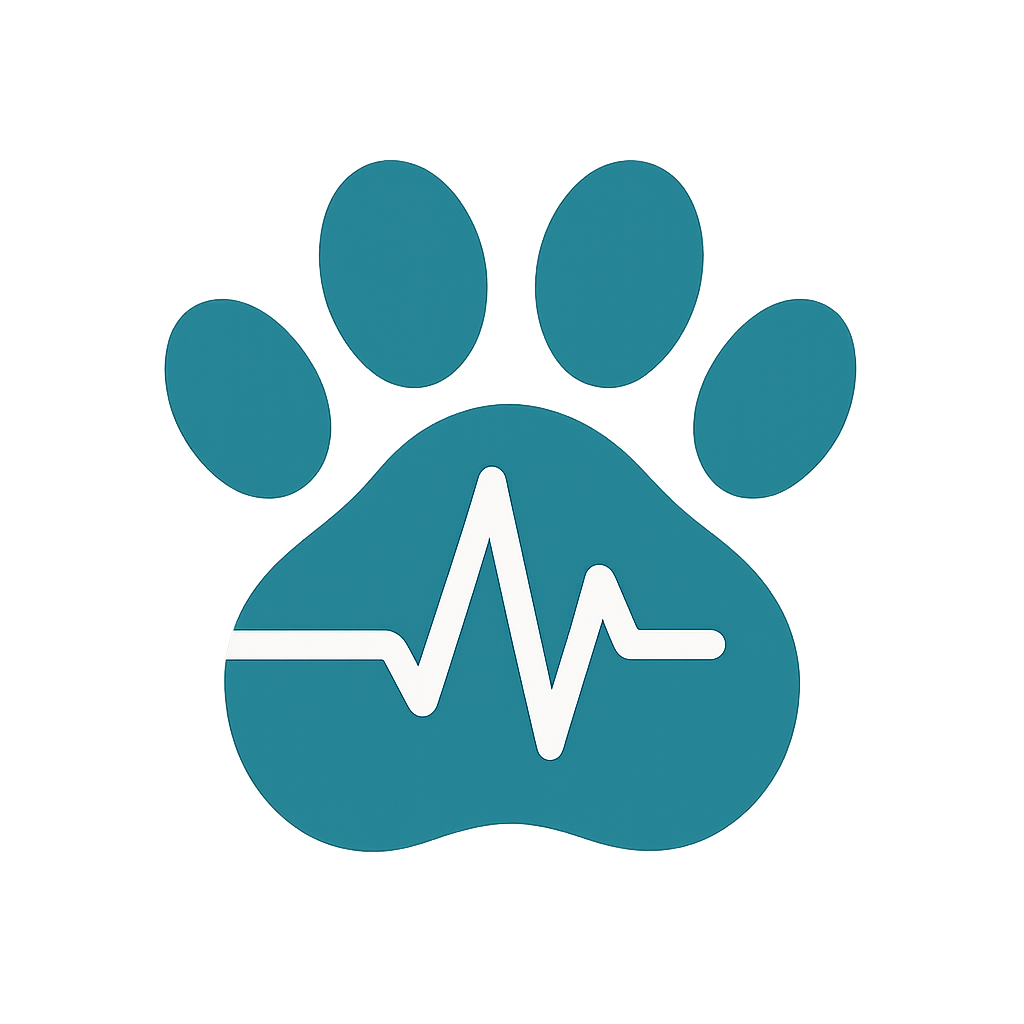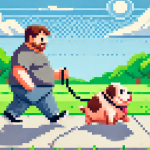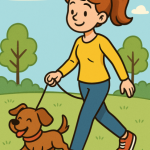
Your Dog’s Face Is Trying to Tell You Something—And Science Is Finally Listening
Ever felt like your pup’s side-eye or nose twitch meant something? You were probably right. Scientists have just unlocked a breakthrough that could help us finally decode our dogs’ subtle facial expressions—and it’s changing how we understand their feelings.
The TL;DR? Your dog’s face is basically a secret emotional language. And now, we’ve got the decoder ring.
Meet the New “Dog Decoder”: A Facial Landmark System That Maps Your Pup’s Emotions
Researchers from Israel, Italy, and Switzerland created something called the DogFLW dataset, featuring over 3,700 photos of dog faces across 120 breeds, all annotated with 46 key facial landmarks.
Think of it as Face ID—but for dogs.
Each of these landmarks is tied to muscles that move when your dog experiences emotions such as joy, frustration, or curiosity. We’re talking tail-wag-worthy science here.
So what does that mean for pet parents?
With the help of this new tech, scientists can now track your dog’s emotions by analyzing teeny-tiny changes in their eyes, ears, and mouth, frame by frame. It’s like reading their emotional diary… without words.
3 Surprising Things Science Just Discovered About Dog Emotions
1. Those Sad Puppy Eyes? Not Just for Treats.
Researchers used videos of Labrador Retrievers in happy and frustrating situations (like being able to see a treat… but not reach it 😩). They found that ear and eye movements changed depending on the dog’s emotional state. Blinks, lip licks, and flattened ears? Frustration central.
Pet Parent Tip: If your dog’s ears are back or they’re blinking more than usual during play, they might be overwhelmed or unsure. Offer a break or switch up the activity.
2. Your Dog’s Zoomies Might Mean More Than You Think
A powerful AI tool analyzed how these facial movements play out over time. Turns out, dogs don’t just wear their hearts on their paws—they wear them on their faces.
Just like humans, dogs “speak” through micro-expressions: tiny, split-second facial changes you’d never notice on your own but that scream “I’m excited!” or “Please stop with the weird hat.”
Pet Parent Tip: Start watching your dog’s face during various activities—feeding, cuddling, and walk preparation. You’ll notice little patterns of movement that align with their moods.
3. This Tech Could Help Vets Spot Pain Before It’s Obvious
The system can detect rare facial cues like lip corner pulls or jaw drops—movements that might signal stress or pain. That’s huge, because dogs are masters at hiding discomfort.
In a pilot test, vets using this tool cut their coding time by 41% while analyzing facial expressions. That means faster, more accurate care for our four-legged friends.
Pet Parent Tip: If your dog suddenly starts making strange mouth movements or holding their face differently, it might be time for a check-up—even if they seem fine otherwise.
Why This Matters: Science Is Helping Us Become Better Listeners
For decades, we’ve relied on barking, whining, and wagging to decode our pets. But this new research shows that the real story might be written all over their face.
And it’s not just for scientists. One day soon, you could use an app to scan your pup’s face and get a read on their emotional well-being, like a mood ring for mutts.
Share Your Pet’s Story 🐾
Have you ever noticed your dog making a face that said it all? Or caught them giving you a look that only a true dog parent would understand?
Drop your favorite “dog face moment” in the comments—or tag us on Instagram with a pic and the story behind it. We might just feature your furry friend in our next post!




